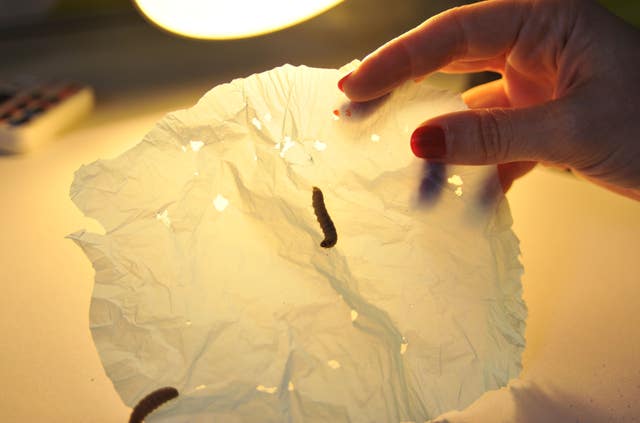Biggest Scientific Breakthroughs of 2017 that Might Change the World
Published on by Water Network Research, Official research team of The Water Network in Technology
These are the biggest scientific breakthroughs of 2017 in the water and the environmental sector that might just change the world!
Filtering sea water with graphene

Making sea water drinkable in a way that’s easy and cheap could help with the water crisis that affects millions from developing countries.
Bearing this in mind, scientists designed a sieve made using graphene oxide that transforms sea water into drinking water.
The sieve filters out salts from water to make it safe to drink, while avoiding swelling of the membrane when exposed to water.
Graphene-oxide membranes are said to be cheaper to create in the lab. This makes the technology more affordable, meaning the system could be used in desalination processes on a mass scale.
Discovering worms can eat a lot of plastic

Greater wax moth larvae appear to have a penchant for eating plastic (CSIC Communications Department)
Moths have been found to eat plastic and it could help with the man-made problem of plastic pollution.
The larvae of the greater wax moth normally thrive on beeswax, making them a hated enemy of bee keepers across Europe, but a chance discovery showed that they will also happily munch on plastic.
Tests involving 100 wax worms let loose on a plastic bag showed that over a period of 12 hours, 92mg of plastic was consumed.
Researchers are now looking to investigate the mechanism that allows the larvae to digest the plastic – in hope that they can replicate the chemical process on a large scale.
SOURCE: http://home.bt.com/news/science-news/12-of-the-biggest-scientific-breakthroughs-of-2017-that-might-just-change-the-world-11364240468493
Media
Taxonomy
- Oxides
- Polymers & Plastics
- Graphene